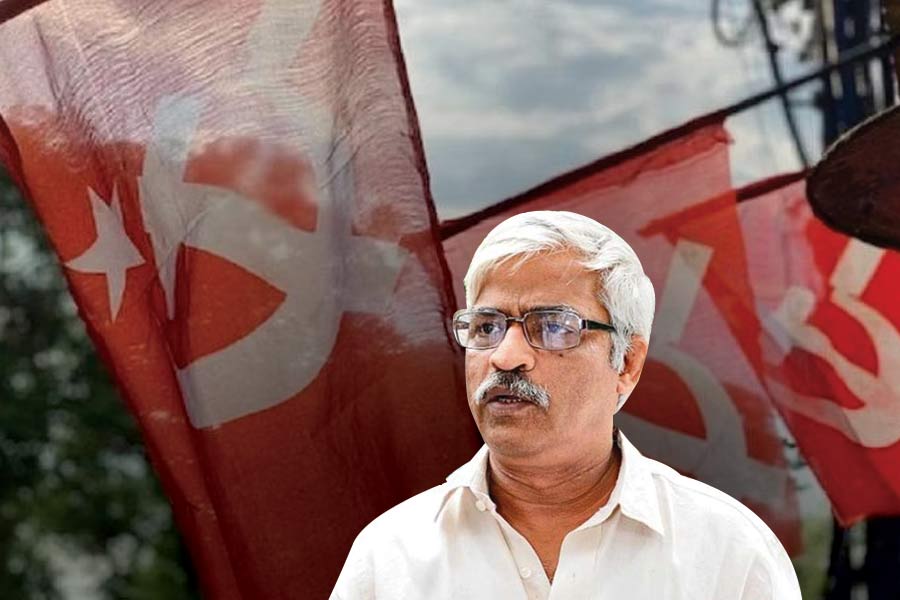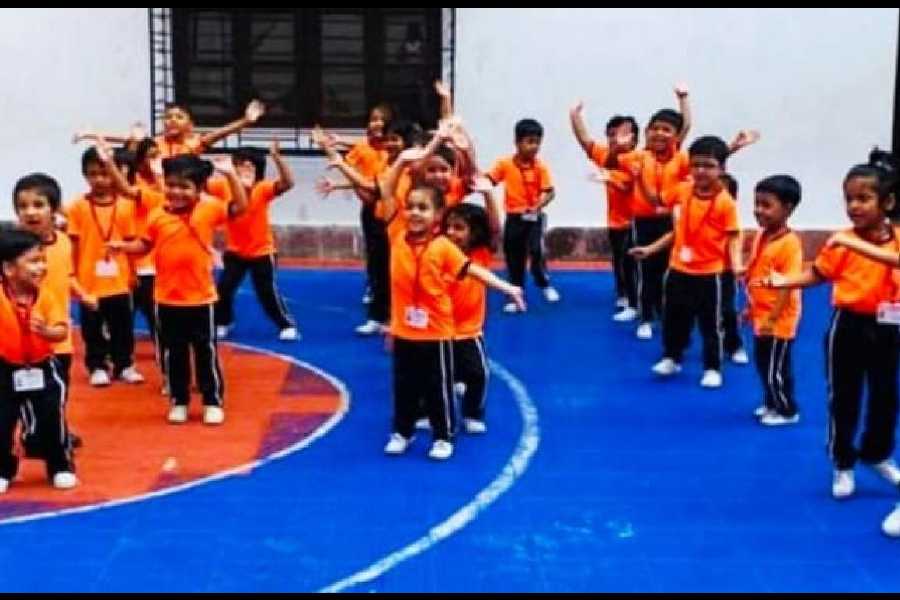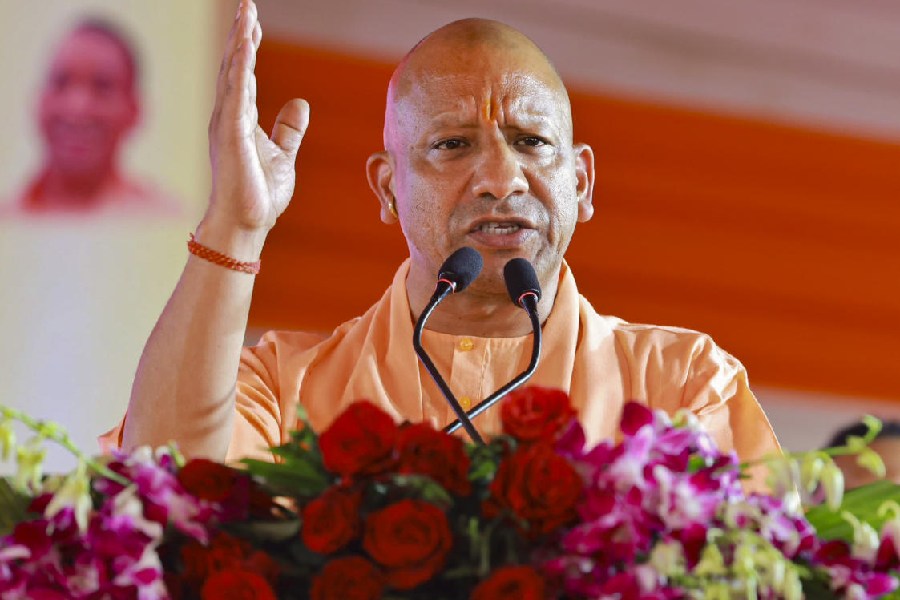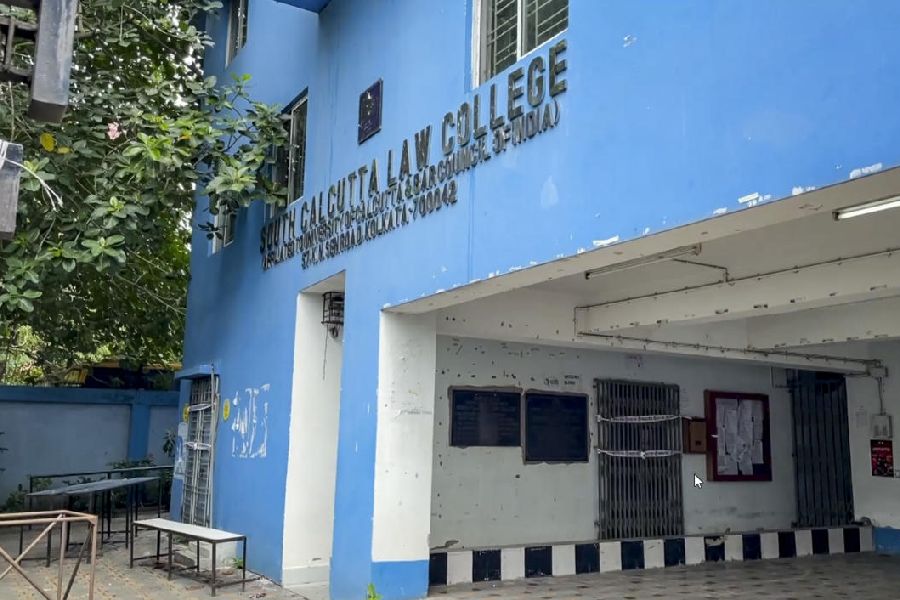For someone of an atheistic and curmudgeonly persuasion such as I, the Pujas hold little attraction, if any. This, despite of having a mamar bari (maternal uncle's place) where a family Puja was held every year during my childhood. The house would fill up with relatives and the dhakis (drummers) would wake us all up at the unearthly hour of five in the morning with their frantic drumming. While the elders would busy themselves with the rituals of the day, I would prowl around the house looking for a quiet corner. After weeks of desperate waiting, the Puja annual number, or pujabarshiki, had finally hit the stands, and some understanding elder had immediately bought me a copy. Goodbye Puja blues, hello vacations!
.jpg)
I am sure there are legions out there who have had the same experience in their childhood. The irresistible charm of the pujabarshiki held us all in a thrall which I can compare to very few reading experiences before or since. When I was beginning to read in the early 1970s, the young reader was spoilt for choice in the pujabarshiki department. Deb Sahitya Kutir, one of the most venerable and oldest among publishers for children, would bring out a fat hardbound annual number with different names every year, such as Arunachal, Udbodhan, Purabi and so on. Then there was Patra Bharati, who brought out the Kishore Bharati magazine and the annual number of the same name. Finally, there was the new entrant, Anandamela, from the house of Anandabazar Patrika, whose first annual came out in 1971 followed by the monthly issue from 1975-76.
.jpg)
I first encountered the Kishore Bharati and Deb Sahitya Kutir annuals in a neighbour’s house in the industrial town of Durgapur. The former invariably opened with a novella by Dineshchandra Chattopadhyay on the adventures of Bhaba, a wolf-reared human cub. But the chief attraction was the ‘Black Diamond’ comic, drawn by Narayan Debnath and written by Dineshchandra himself. This was a detective strip, with the suave Indrajit Ray as detective and the elusive Black Diamond as villain. There was also comic relief in the form of Chandrakali Das, author and grammarian. While the stories were predictable, the draughtsmanship of Narayan Debnath immediately lifted them to a higher plane. Gone were the clear lines and uncomplicated styles of his more popular strips Baantool the Great and Haanda-Bhonda. Instead, you had light and shade and cross-hatching, imparting a noir-ish feel to the strip. It is a pity that Debnath’s considerable skills in this style have been so little in evidence since.
Kishore Bharati also featured comics by Mayukh Chowdhury, inarguably the greatest comic book artist from Bengal. But the annual of 1975 carried an unusually violent and intense comic story titled Palabar Path Nei, drawn by Subrata Gangopadhyay. Coming out just after the declaration of Emergency, the tone of this annual seemed unusually political with Gangopadhyay’s story of gang warfare and revenge set in the Naxal period of the early 1970s. A recent translation of the story into English in the Obliterary Journal from Chennai has given it a fresh lease of life.
.jpg)
In comparison, the annuals published by Deb Sahitya Kutir were more sedate and homespun. There was a set of regulars in the form of Rajkumar Maitra (the Bogla-mama stories, risible but sometimes in questionable taste), Bidhayak Bhattacharya (the Amaresh stories), Harinarayan Chattopadhyay (horror), as well as the ubiquitous Sunil Gangopadhyay, who surely must have cloned himself to be able to write for so many annuals. But the pieces de resistance were the Ghana-da stories of Premendra Mitra, in which the permanent resident of the attic room in 72, Banamali Naskar Lane turned episodes from Ramayana and Mahabharata on their heads through his zany redactions. (One wonders how these stories might have fared in the current climate of intolerance!)
But the annus mirabilis of the pujabarshikis was surely 1977, when Anandamela came out with six of the finest novellas by its star-studded line-up. As usual, Satyajit Ray opened the batting with a Professor Shonku story in the form of Munro Dwiper Rohosyo, illustrated in colour by the master himself. When these stories would later be published in book form, the illustrations would be in black-and-white. So the pages of the magazine were the only place where one could see them in colour. Ashapurna Debi followed with a comic whodunit in Gojo Ukiler Hotya Rohosyo, and then came Shirshendu Mukhopadhyay with perhaps his finest novella for children, Gosainbagaaner Bhoot. Just when you thought this could not get any better, there was Sailen Ghosh — perhaps the most unjustly neglected among his peers — bringing up the rear with another of his enchanting stories about children.
.jpg)
I remember 1977 particularly well since I was then 10, technically a young adult, and read everything I could lay my hands on. The pujabarshiki arrived a bit late in Durgapur and I remember my mounting frustration as our bearded paper delivery man failed to turn up with the goods even though the vacations had begun. The day it arrived, I immediately rushed to a friend’s place with the precious volume tucked under my arm, and pored excitedly over the table of contents. I have perfect recall of the unalloyed delight of that moment and the subsequent days.
When did the Puja annuals first enter the lives of readers in this part of the world? Certainly after India’s independence, but an exact date is difficult to ascertain. Deb Sahitya Kutir, which launched its children’s magazine Shuktara shortly after 1947 was one of the front-runners, as were magazines such as Ramdhanu, Rongmoshal and Sandesh, the last relaunched in the 1960s under the editorship of Satyajit Ray, Leela Majumdar and Nalini Das. But the Puja annuals were not just directed at children, the market for annuals for grown-ups was, in fact, bigger. According to a report from 1979, the Anandabazar group printed as many as 350,000 copies of its four annuals Desh, Anandamela, Anandalok and Ananda Bazar Patrika, each copy priced at Rs 12. This was followed by the Amrita and Jugantar magazines of the now-defunct Jugantar group, with a print run of over 60,000. Then there were the likes of Ultorath, Prasad and Naba Kallol, with a combined sale in the region of 1,50,000, and more popular among rural and mofussil readers.
.jpg)
If we go back ever further, the coming of the annuals — though not specifically during the Pujas — can be traced back to the early 19th century, when printers in Calcutta began to publish magazines which faithfully reproduced features of the British and American book trade, in which annuals were published in November (though dated for the following year) in order to capture the Christmas market, as well as the New Year’s. In Calcutta, it was possibly D.L. Richardson who published one of the first annuals in the form of The Bengal Annual (estd. 1830) and The Orient Pearl (estd. 1834). But such annuals were not necessarily greeted with a universal chorus of approval. In 1830 itself, we find a review of annuals bemoaning: "We think it one of the greatest objections to our Literary Annuals that so many murky and miserable narratives are allowed to darken their pages and invest them with a character of gloom, that is utterly at variance with the nature of a Keepsake, which should rather inspire gladness and merriment, than tears and horror. If these melancholy contributions are encouraged and increase upon us, a Literary Annual, will eventually resemble Pandora's box, and be the last thing in the world that we should offer to a friend."
.jpg)
Happily, such was not the case with the Bengali annuals market, which managed to cater to a wide range of pleasures and tastes. For example, Swapan Chakravorty has reminisced about the discreet charms that annuals such as Prasad and Ultorath held for the adolescent reader: "As I reached middle school, I began looking up the badly stitched annual numbers for grown-up readers — Desh, Amrita, Naba Kallol. Then there were those of the movie magazines such as Ultorath and Prasad. The latter carried tinted photographs of actors getting cosy. The captions suggested that they were enjoying a break between shots. For a long time, I had this vision of film shooting as a stifling affair in which the hero and heroine failed to escape the seasonable wantonness of early autumn as also the pink-and-magenta tinted lenses of Bengali film magazines."
Fifty years on, such pleasures may have faded into little more than sepia-tinted memories, though there continues to be a sizeable readership for annuals. There is also a market for reprint of old annuals, and some have been digitised and made available online by collectors. However, I am at a loss to understand why, over the last couple of years, the Puja annual of Anandamela has been coming out as early as in August. A pujabarshiki which does not come out during or just before the Pujas is an aberration which cries out for nothing less than divine intervention.
Abhijit Gupta teaches English at Jadavpur University, and is the Director of Jadavpur University Press

.jpg)








